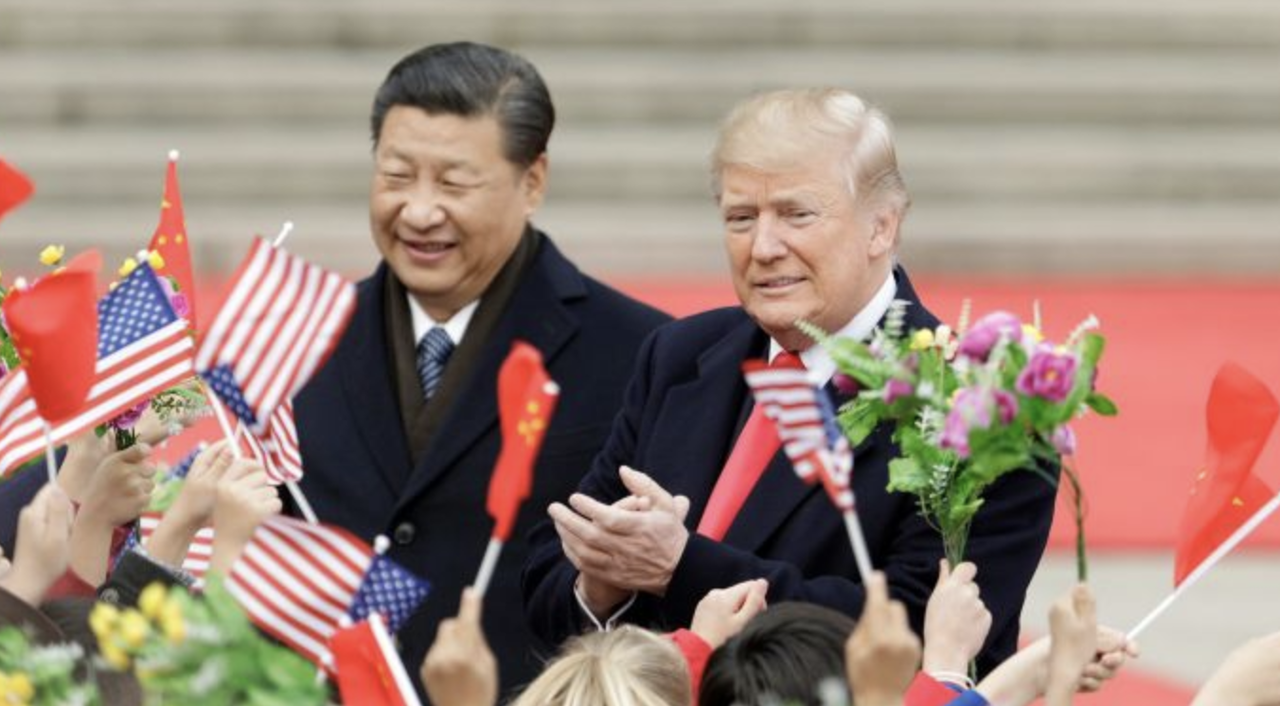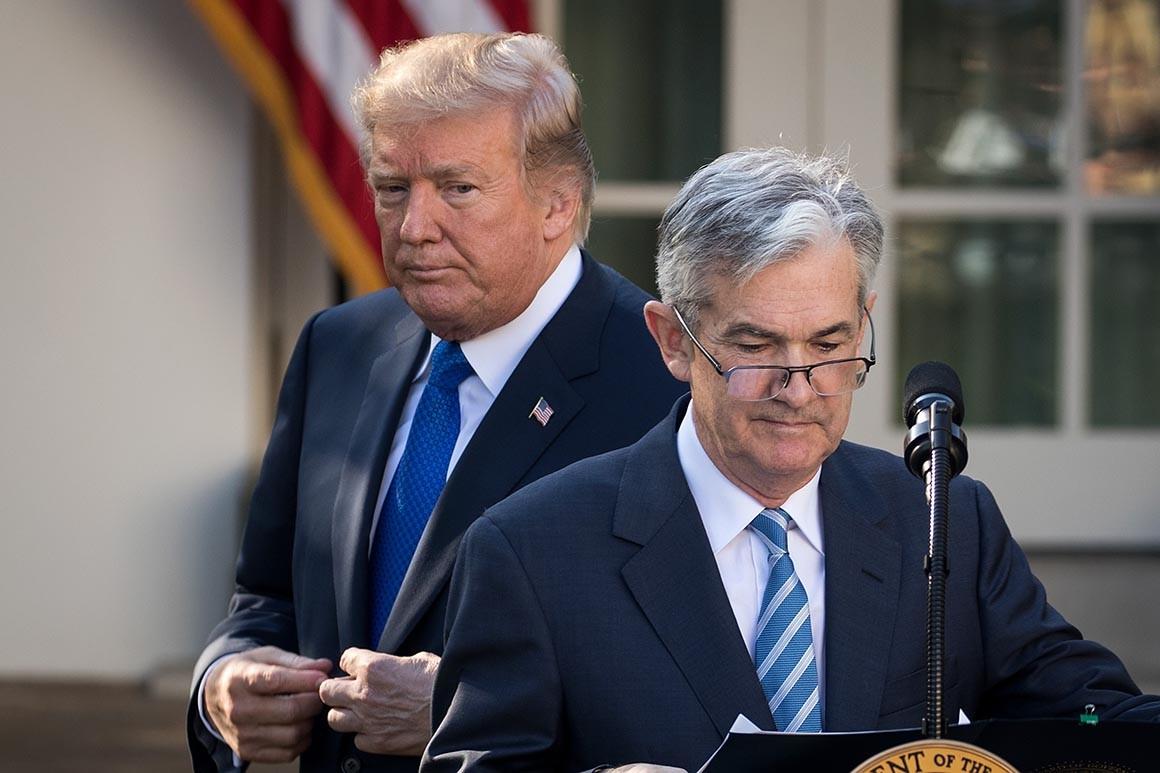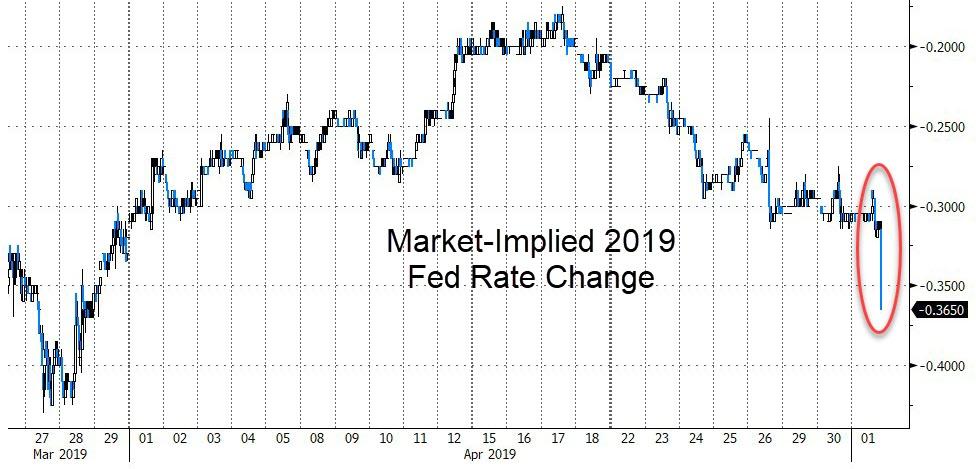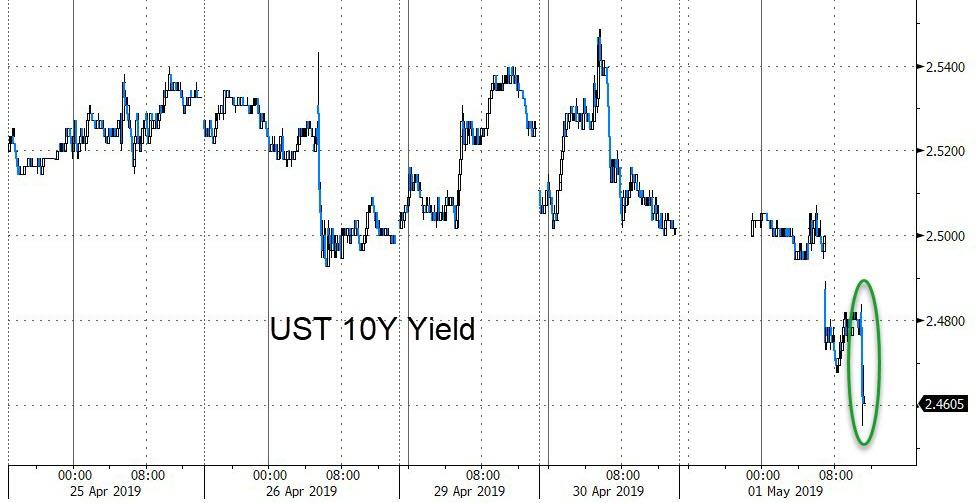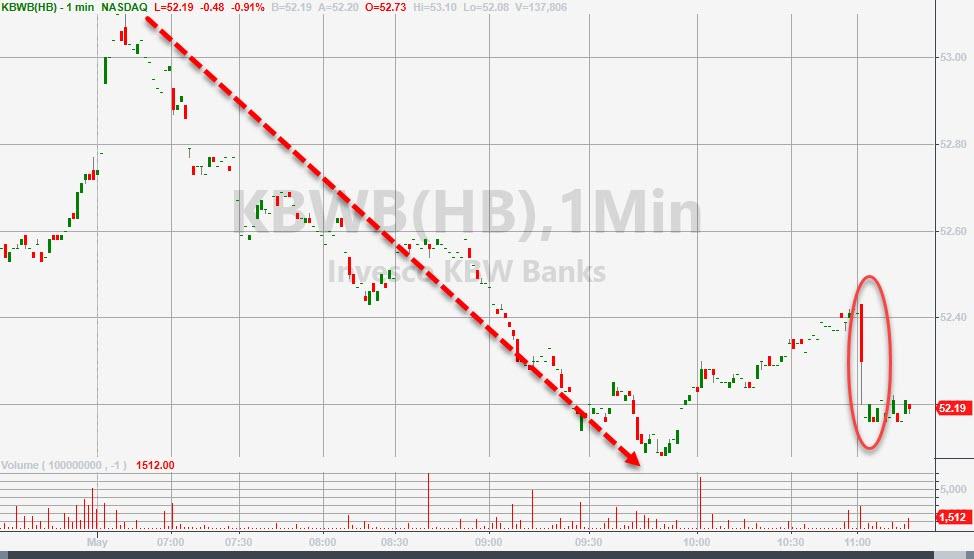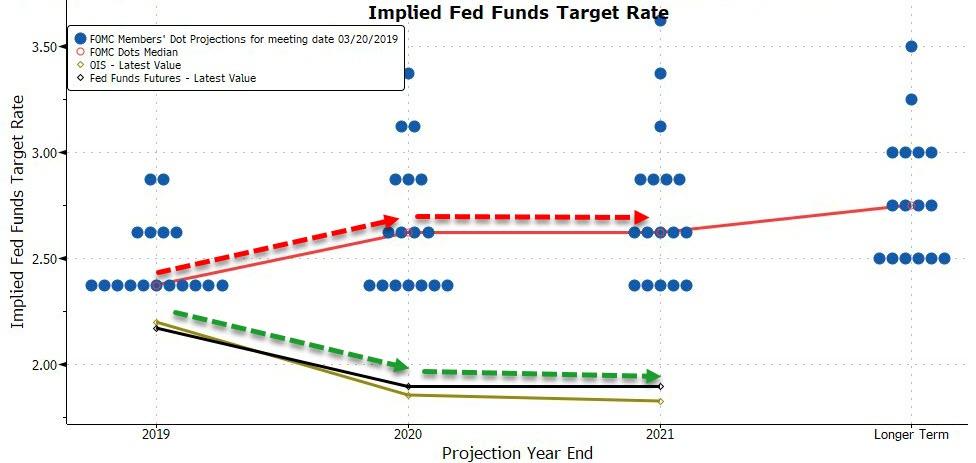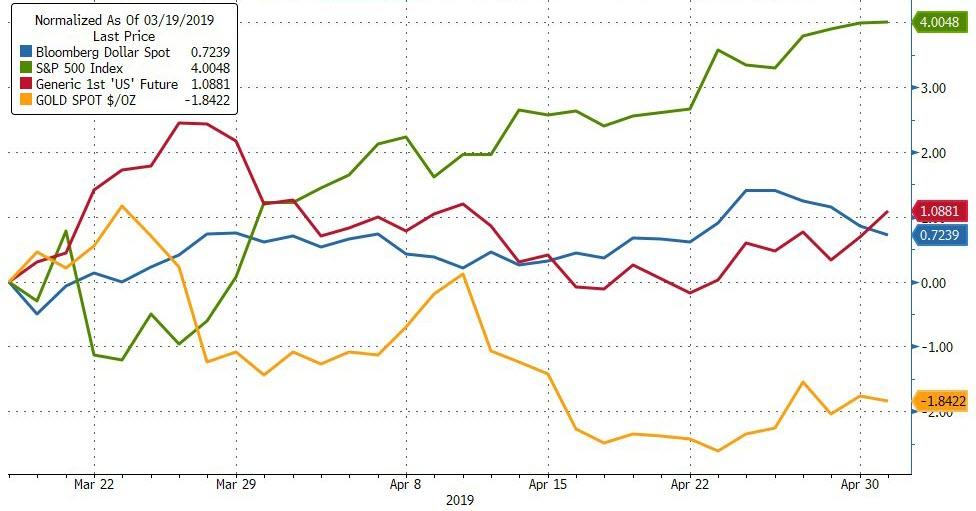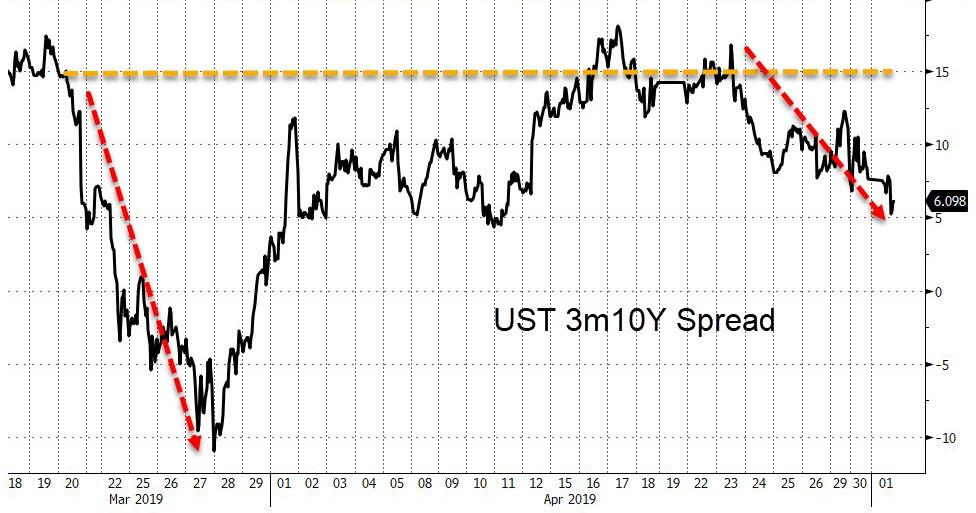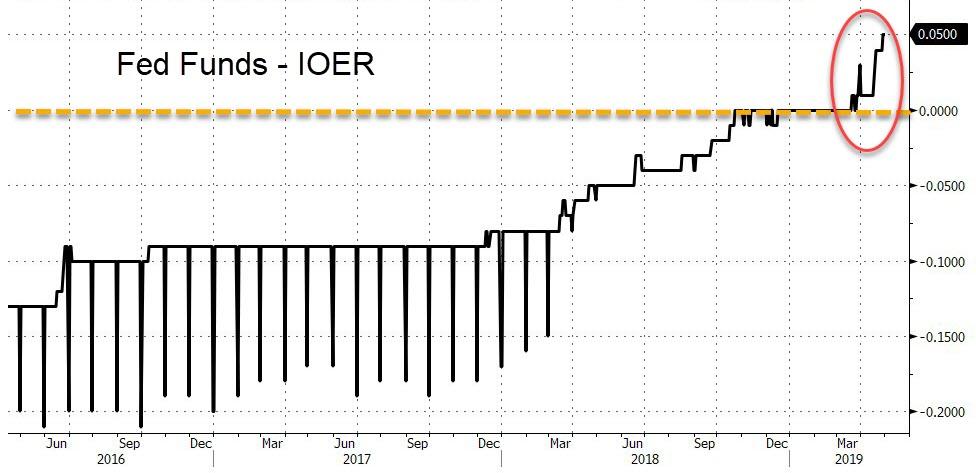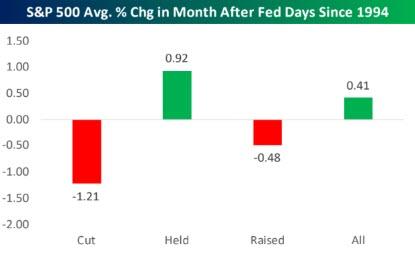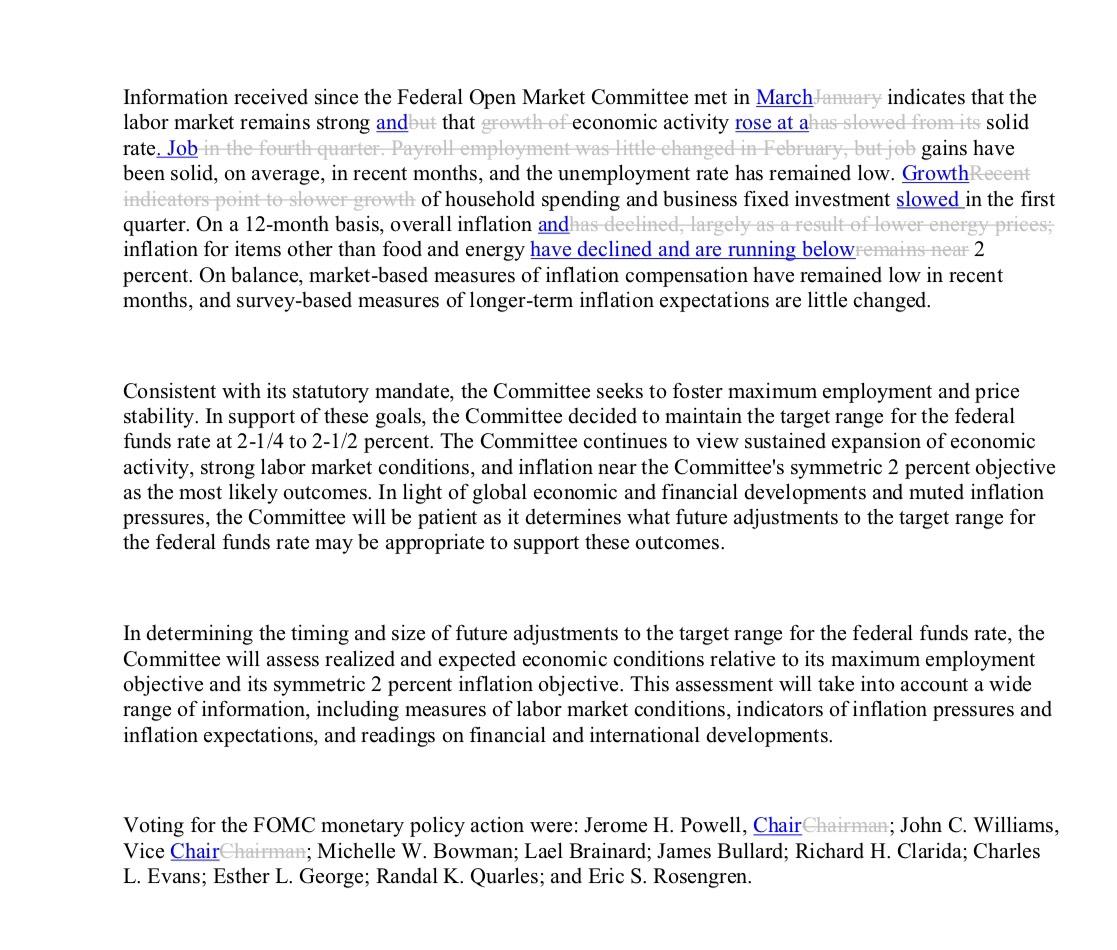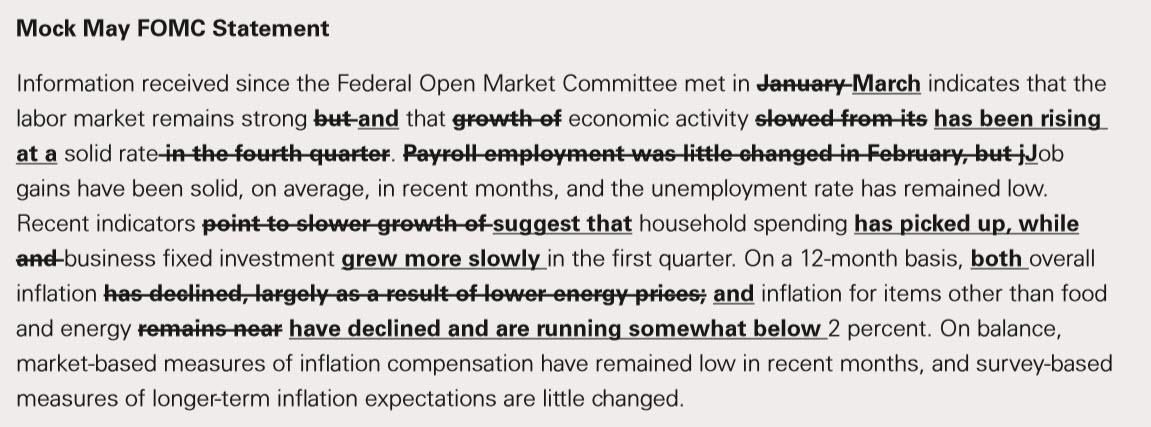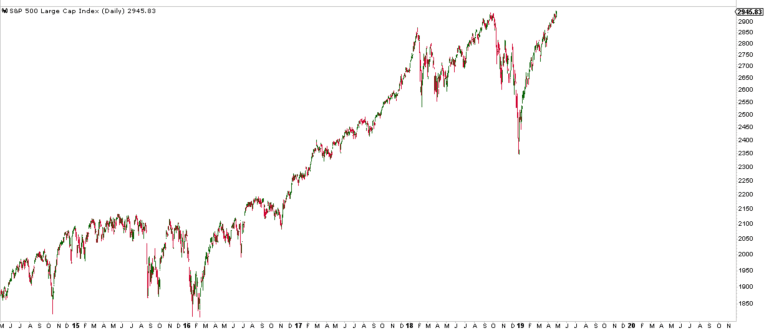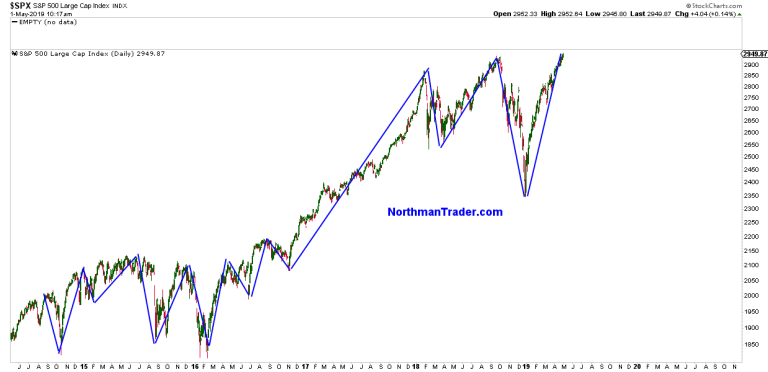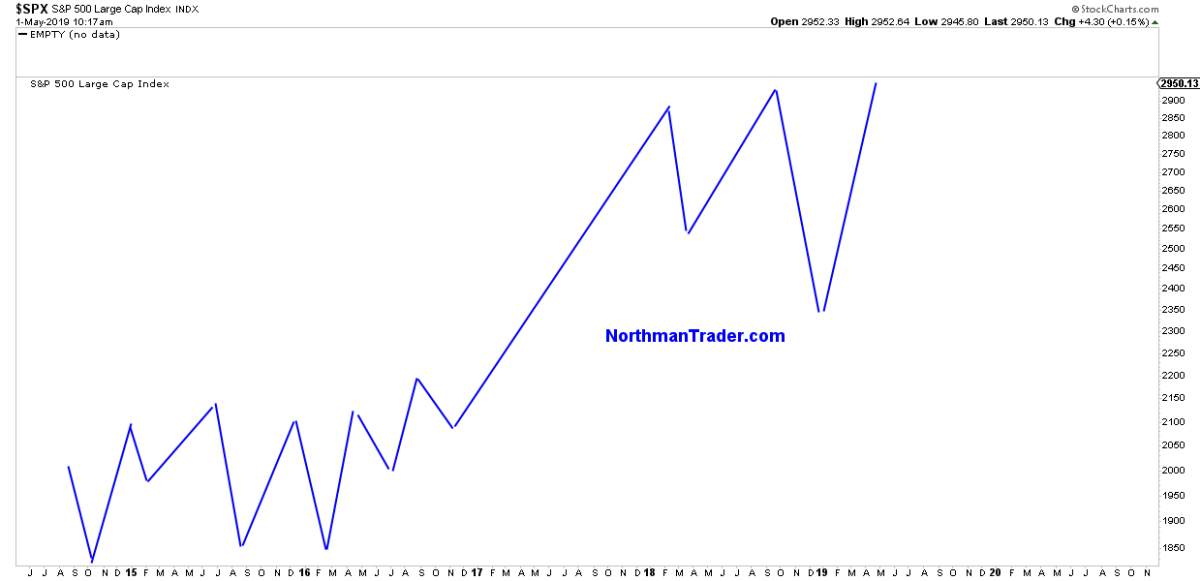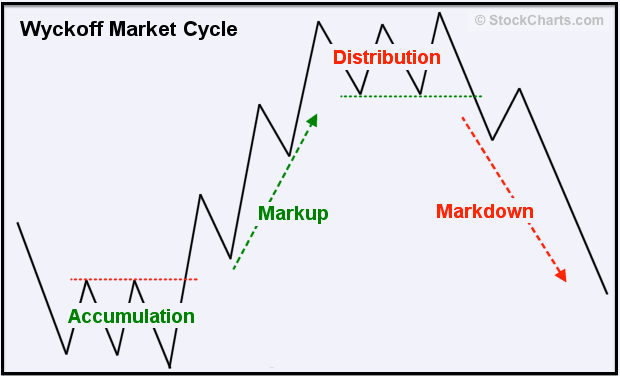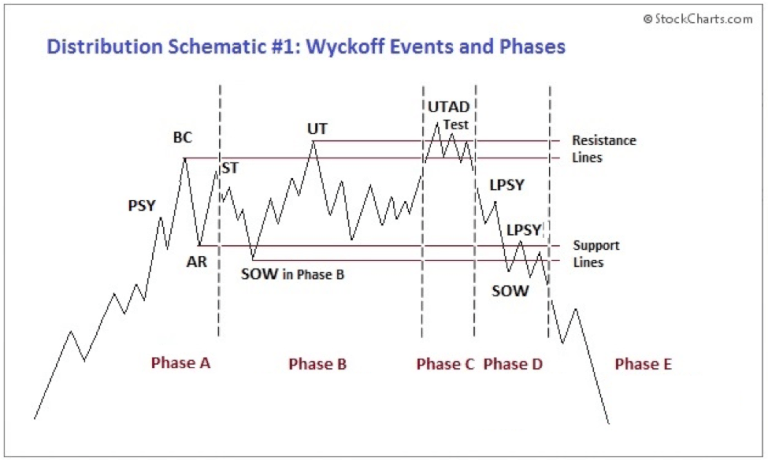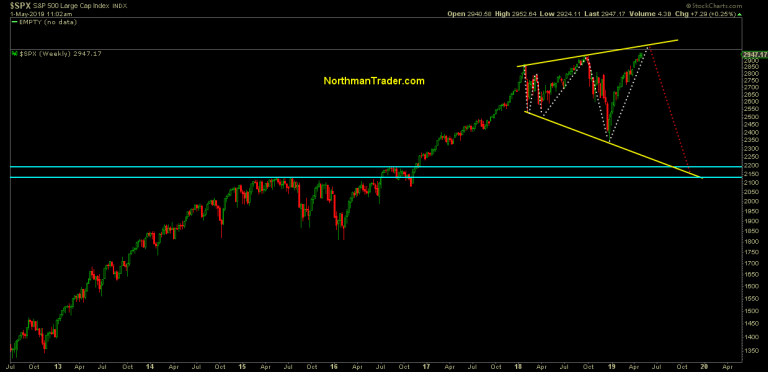From U.S. District Judge Mark Cohen’s decision Monday in K.B. v. De Kalb County School Dist.:
Defendant Rebecca Braaten … was hired as [Chamblee Charter High School]’s principal at the beginning of the 2017-2018 school year. During that school year, several public controversies related to Braaten’s performance erupted in the community. [Details omitted.-EV] In August 2018, Braaten returned for her second year as principal and K.B. began attending CCHS. K.B. was aware of the criticism regarding Braaten after discussing the issue with friends and family, reading about it online, and watching a series of television news programs about it in June 2018. After less than two months at CCHS, K.B. was concerned about Braaten’s leadership and discussed the matter with his friends at school. He and his family signed the online petition calling for Braaten’s reassignment.
On October 1, 2018, K.B. designed stickers with Braaten’s professional headshot photograph and the words “Fire Braaten” overlaid on a waving United States flag “to express his political views on the controversy regarding the principal.” K.B. placed a sticker on his phone case and openly displayed it at school. K.B. printed “no more than thirty-six” stickers and handed some to other students who requested them. He assumed the students would wear the stickers to express their viewpoints, and no one indicated to K.B. that they had other plans for display of the stickers. K.B. distributed some stickers to students during lunch who requested them. The stickers were openly displayed on personal backpacks, lunch boxes, and phone cases. K.B. was not aware of and had no reason to be aware of any stickers placed on school property and did not see his stickers displayed on anything other than students’ own personal property….
School authorities concluded “that K.B. had violated the code of conduct rules regarding ‘disrespectfulness’ and ‘creating a disturbance,” and suspended him for a week, though this was then reduced “to a one-day in-school suspension for ‘creating a disturbance.'” This violated K.B.’s well-established First Amendment rights, the court concluded, unless the school could show that the speech was indeed likely to substantially disrupt school activities—and, given K.B.’s allegations, a factfinder could conclude that there was no such likelihood. The case can go forward, in theory towards a trial in which the factfinder would indeed decide whether the substantial disruption standard is met (though in practice such cases often settle after the motion to dismiss is denied).
The school argued that, as a matter of law,
[C]onsistent with Tinker’s protective rationale and Fraser’s civility considerations, schools may discipline students for insubordination and open displays of disrespect or contempt for school employees.
But the court rejected this argument, concluding that (1) the Bethel School District v. Fraser exception applied only to vulgar speech, and not to all expression of “disrespect or contempt for school employees,” and (2) the Tinker exception applied only when there was a real showing of likely substantial disruption—such disruption can’t categorically be assumed just because speech calls for a principal to be fired
Sounds quite right to me; for more on K-12 students’ free speech rights, watch this:
from Latest – Reason.com http://bit.ly/2Lgf7Gz
via IFTTT
